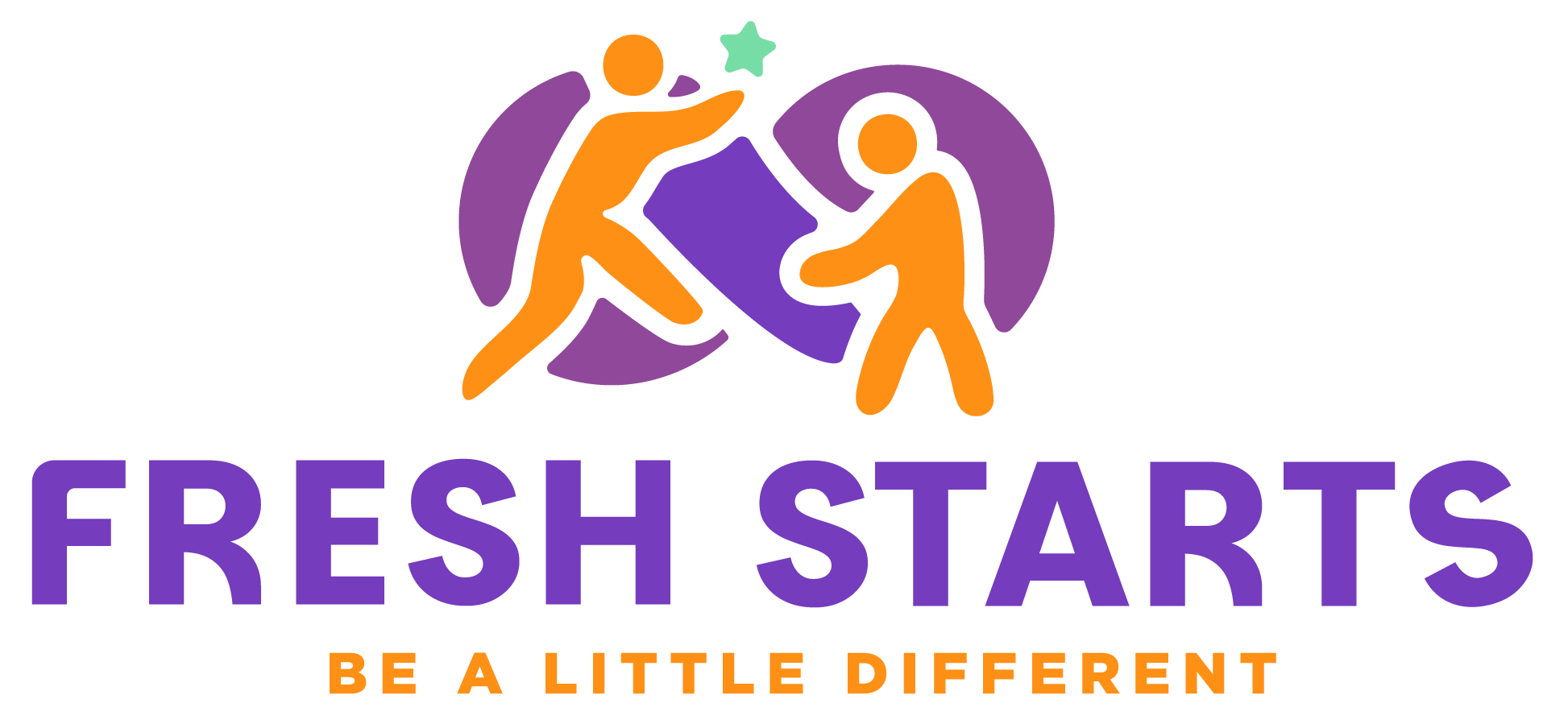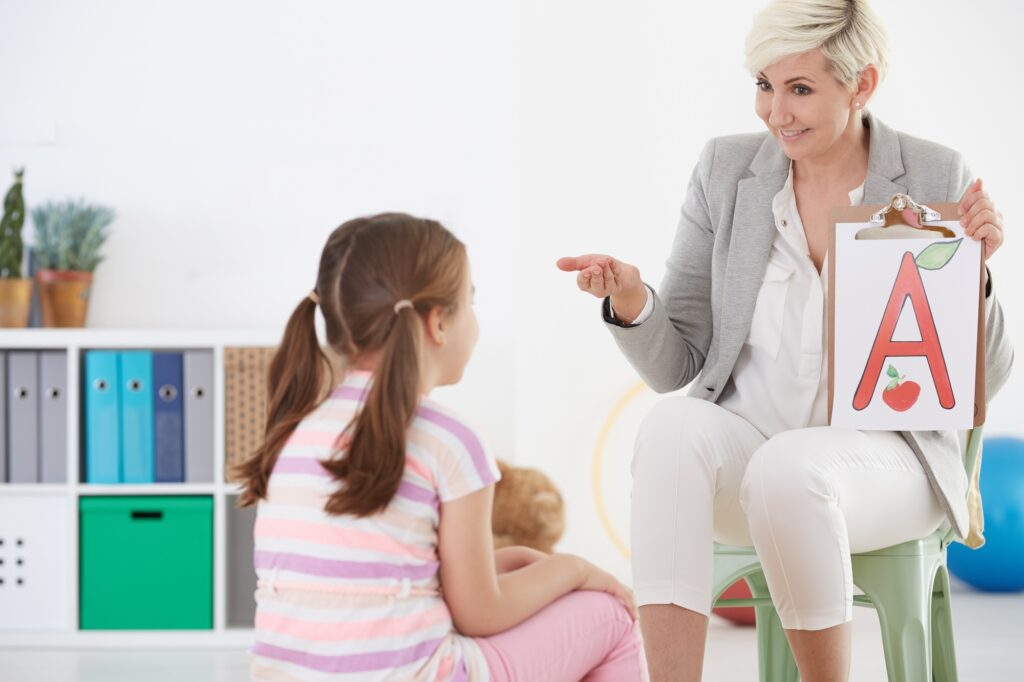Starting behavioral therapy for your child is a significant and sometimes emotional step. Many parents wonder what actually happens during an ABA therapy session—and what they should expect to see, experience, and support.
At FreshStarts, we understand that transparency and family involvement are essential. That’s why every ABA session is built on collaboration, progress tracking, and real-world learning. Whether it’s your first session or your fiftieth, knowing what to expect will empower you to become a key part of your child’s growth.
Every Session is Unique
One of the first things to understand about ABA therapy is that no two sessions look the same. Every child is unique, and so is their therapy plan.
Sessions are customized to meet your child’s needs and typically occur in the settings where your child spends the most time. That could include:
-
At home
-
At school
-
In a therapy center
-
In the community (e.g., a grocery store, playground, or doctor’s office)
Wherever behaviors happen and skills can be learned, ABA therapy follows.
Our Registered Behavior Technicians (RBTs) go where your child needs support most. Whether they’re helping with transitions at school or guiding social skills during a park outing, the session environment is designed to maximize real-world learning.
What Happens During a Session?
During each ABA session, your child will work on core developmental and functional goals—but in a way that feels like play. ABA is not a cold, clinical process. In fact, you’ll often see smiles, giggles, movement, and play-based engagement.
Sessions typically include activities that focus on:
- Communication skills (verbal and non-verbal)
- Daily living skills (dressing, brushing teeth, using the bathroom)
- Social skills (sharing, turn-taking, greetings)
- Play and leisure (structured and free play to build interaction and creativity)
- Emotional regulation (learning how to express and manage feelings)
When a maladaptive behavior (e.g., hitting, screaming, self-injury, aggression) occurs during a session, the RBT will intervene immediately using a planned response. The goal is not just to stop the behavior, but to teach a replacement behavior that meets the same need more safely and effectively.
Over time, you’ll see these replacement behaviors start to naturally take the place of the maladaptive ones—a core success indicator in ABA therapy.
The Role of Data Collection
Behind the scenes of every session is one of ABA’s most powerful tools: data.
RBTs collect real-time data on your child’s behaviors, progress, and skill development throughout every session. This isn’t just for compliance—it’s how we track what’s working, what needs adjustment, and how much your child is growing.
You may see the RBT:
- Using a tablet or notebook to track responses
- Logging how often a behavior occurs
- Measuring how quickly your child acquires a new skill
This data is reviewed by a Board Certified Behavior Analyst (BCBA) who oversees your child’s program, making updates and adjustments to ensure progress is both measurable and meaningful.
Parent Involvement: A Vital Piece of the Puzzle
Parents are not only welcome but encouraged to be part of every session. At FreshStarts, we believe in training and supporting the whole family—not just the child.
Parents may:
- Observe sessions live or via notes and updates
- Participate in parts of the session
- Receive ABA-based parent training from the team
- Ask questions and receive feedback
This involvement ensures that the strategies used in therapy carry over into everyday life. For example, if your child is learning how to communicate a need instead of engaging in a tantrum, we’ll train you on how to reinforce that skill during daily routines at home.
How Long Are Sessions?
Typical ABA sessions can last between 2 to 4 hours, depending on your child’s age, tolerance, and specific goals. Some children receive therapy multiple times per week, while others may attend daily.
The length and frequency of sessions are determined during the initial assessment and behavior plan creation phase with the BCBA. It’s all part of ensuring that the therapy is individualized, consistent, and effective.
Real-Life Skills, Real-World Progress
One of the most powerful parts of ABA therapy is that it doesn’t just teach in theory—it teaches in action.
A child who struggles with transitions might practice leaving the playground calmly. A teen who finds socializing difficult might learn how to greet a peer and start a conversation. A preschooler working on potty training might receive direct support in the bathroom at home.
The goal is always the same: to help your child build the skills they need to live more independently and confidently, in the environments that matter most.
Why It Matters
For many families, watching their child make progress in an ABA session is both emotional and empowering. You’re not just seeing improvements in behavior—you’re witnessing confidence, communication, and connection grow right before your eyes.
At FreshStarts, we don’t believe in rigid programs or cookie-cutter methods. We believe in real life, real families, and real results.
📘 If you haven’t already, learn more about how ABA works here:
👉 What is ABA Therapy and How Does It Help?
Learn More & Take the First Step
📘 Explore our ABA approach: https://freshstartsnow.com/applied-behavior-analysis/
👨👩👧 Access family resources: https://freshstartsnow.com/clients/
📄 Check insurance options: https://freshstartsnow.com/insurance-coverage-payment/
📅 Schedule your first consultation: https://freshstartsnow.com
📞 Prefer to talk? Call us today—we’re here to help.

